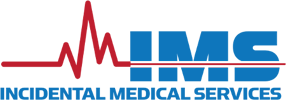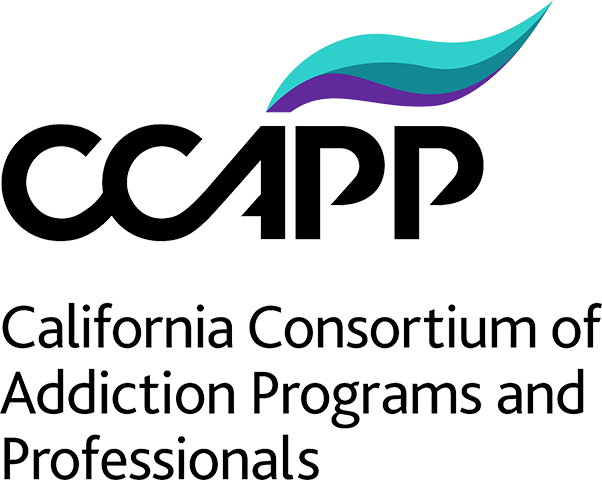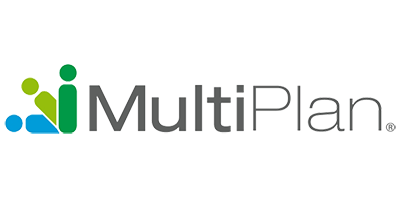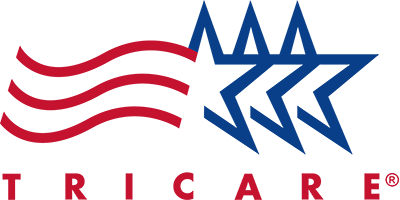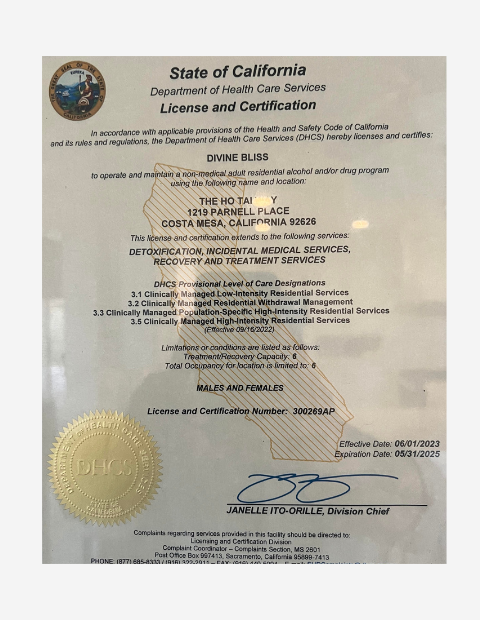Within addiction treatment, there are many different forms of therapy or modalities. Some therapeutic modalities focus on behavioral changes through various types of talk therapy. Others use more interactive and physiological methods to retrain the brain or create behavioral changes. With all of that said, what is neurofeedback, and can it help me heal from addiction?
What Exactly Is Neurofeedback?
There are two names for this modality, neurofeedback and EEG biofeedback. They are both the same treatment, just different names for the same therapy. The term EEG refers to an electroencephalogram, a tool used throughout the medical community to detect the electrical activity in your brain for many different kinds of conditions, such as sleep disorders, epilepsy, or stroke. EEG biofeedback has been used and researched for decades.
How Does Neurofeedback Work?
During neurofeedback treatment, the technician places small electrodes on your scalp, and they are attached to a machine that will use tiny, painless, harmless electrical impulses to measure your brain’s activity. EEG technology allows technicians to make a virtual map of your brain to find any dysfunction or lower functioning sections of the brain. Understanding how each part of the brain functions will help the technician assist you in healing.
With neurofeedback or EEG biofeedback, the technician uses a map of your brain created by the electrical impulses as monitored by the EEG to identify the pathways in your brain that may be dysregulated. Dysregulation occurs with conditions such as depression or substance abuse. Using audio or video stimulation, the technician helps you use that feedback to train your brain to regulate itself better.
Just as talk therapy allows you to use your cognitive powers through talking and opening your mind to new ways of thinking or looking at things, neurofeedback will enable you to physiologically open up the neural pathways in your brain to improve your physical regulation and help you heal.
How Neurofeedback Can Help Heal From Addiction
By using neurofeedback, patients can better understand how their brain functions. For patients with addiction, neurofeedback has been helpful to decrease cravings and improve your overall mental health. By addressing the actual function of the brain, neurofeedback offers an effective physiological treatment without side effects.
Pharmacological treatments, or medicinal treatments, often have some adverse side effects. These types can deter those who are healing from addiction, as they are learning not to put substances in their bodies. In this way, EEG biofeedback offers a symptom-free treatment that offers long-term brain healing.
By training patients to have control over their brain’s regulation, particularly surrounding cravings or other dysregulation, they can have a tool to use at any time, which not only helps prevent relapse but provides physiological benefits that are lasting.
Is Directly Treating the Brain More Efficient?
When you have a heart problem, you don’t treat your elbow. So if you are addicted to drugs or alcohol, why not go to the brain? After all, that is where the dysregulation drives such powerful compulsions to drink or use drugs.
Neurofeedback is efficient and effective because it treats the source of the problem. By changing the physiological regulation in your brain, you are likely to have fewer cravings and be more successful in your recovery process. When used in conjunction with talk therapy and other modalities, you can create an even more powerful and lasting treatment.
The Importance of Healing the Brain in Recovery
Because addiction is created by rewiring the reward system in your brain, it makes sense that you would need to heal the brain itself. Research demonstrates that neurofeedback can be very effective. Additionally, there are often co-occurring mental health conditions with substance abuse, such as depression and anxiety.
The powerful thing about neurofeedback is that it can help heal your brain from addiction and co-occurring disorders. Like anywhere else in your body, when you can go straight to the source of the problem and approach it, the healing is far more effective in both the present and long run.
Should I Use Multiple Treatment Modalities?
Using multiple therapeutic modalities in your treatment increases your chance of healing. With the help of EEG biofeedback, you are healing the brain directly, while other modalities help you with your thought processes, breathing, and regulation of emotions. For example, mindfulness meditation allows you to train your brain by focusing on your breathing and simply noticing the sensations and your environment rather than focusing on emotions and reactions. Imagine what using multiple modalities can do for your recovery process.
What is neurofeedback, and can it help me heal from addiction? Neurofeedback, or EEG Biofeedback, is a non-invasive and successful treatment for addiction recovery. Learning to regulate your brain will help you now and also potentially in the future as well. Located in Costa Mesa, California, The Ho Tai Way – Recovery For Women is a treatment facility that caters to women of all different ages and backgrounds. We offer healing for the whole person, mind, body, and soul through multiple modalities. Our curriculum is designed to teach you self-awareness as you begin your healing process. We use the principles of prosperity, wealth, joy, and abundance as they pertain to addiction recovery. Our facility is a calm, quiet sanctuary for you to begin healing from substance abuse. We use neurofeedback to help our patients gain long-term healing from addiction. Please call us today at (714) 881-8931 to begin your recovery process.


